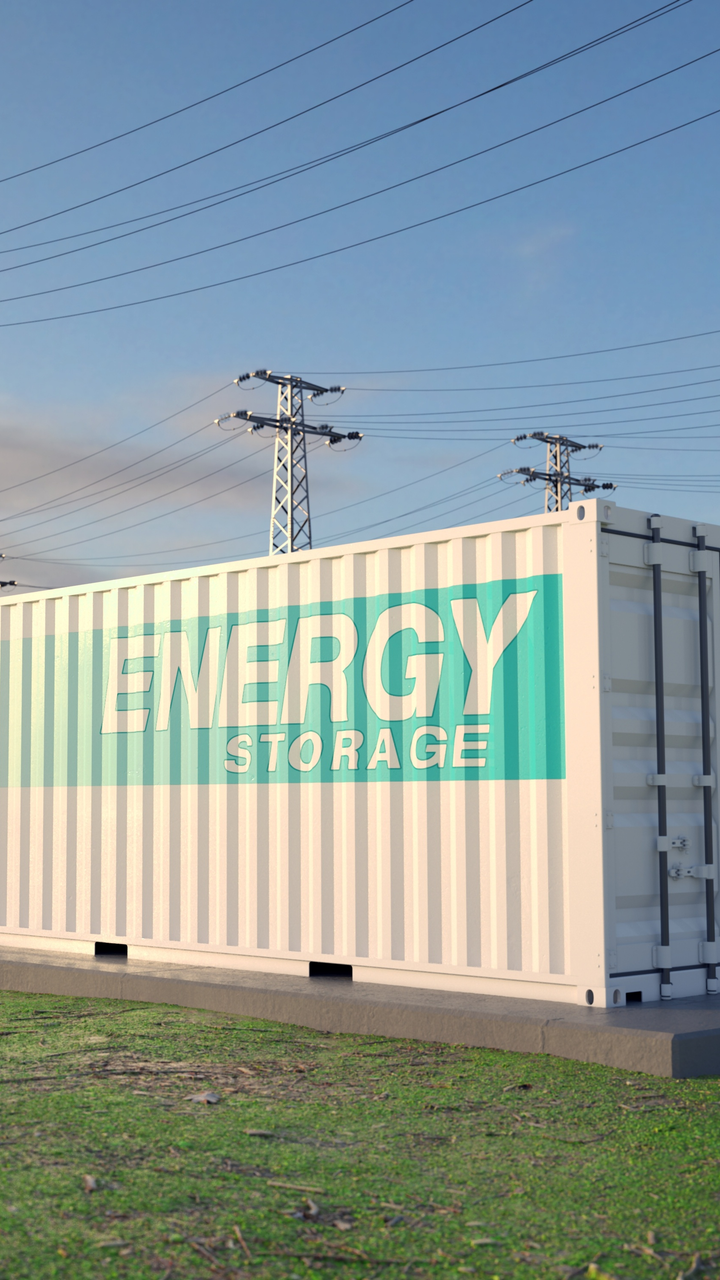Grid Upgrades Needed to Support Asia Pacific’s Renewable Energy Expansion

By Narsingh Chaudhary, Black & Veatch
Economies in the Asia Pacific region must upgrade their transmission grids to accommodate the expansion of clean energy sources needed to achieve national and corporate net zero goals.
Wood Mackenzie projects that Asia Pacific’s power generation will receive over US$3 trillion in investment over the next 10 years, 60 percent of which will be allocated for renewables and storage.
Developing renewable energy and alternative fuels to reduce carbon emissions is critical in meeting the region’s low-carbon energy goals and rapidly growing demand for electricity.
Power grid expansion can support renewable energy sources often located far from existing transmission lines and the growing trend of bidirectional flows and distributed energy resources.
The next stage of renewable energy projects will be complex. Integrating renewable energy resources from remote locations into the grid will be challenging, as will the emergence of new energy sources for export and green hydrogen production. Reassessing existing commercial models will be essential.
To optimize the use of every green energy electron produced, the region needs transmission systems that are well-planned and designed to handle voltage and frequency variability, as well as meet grid code requirements throughout the grid.
Balancing priorities
Optimization is, therefore, key.
As Asia Pacific economies shift from carbon-based economies to ones based on electrons and molecules, it is crucial that the region finds the right energy mix to meet both short-term and long-term net zero goals. Solutions will vary from location to location.
With the regional economies in varying stages of development, decarbonization strategies must be customized to meet the diverse needs for energy security, energy equity and environmental sustainability.
In Australia, where wind, solar and hydro resources are in abundance, expanding its transmission networks will help transfer distributed renewable energy from remote areas to urban businesses and households. This expansion will allow the country to enjoy its abundant, low-cost renewable resources while reducing carbon emissions. Consolidating its remote renewable resources would enable the country to optimize transmission upgrades, connections, and operation costs. Such consolidation can contribute to its efforts to export green molecules for new sources of fuel and feedstock intermediates. In addition, Australia has an opportunity to leverage the potential of virtual power plants (VPPs) by pooling its rooftop solar resources. Integrating VPPs with utility-scale batteries and pumped hydro can improve grid reliability. For this approach to be effective, Australia needs a grid that facilitates the two-way flow of electricity.
In comparison, Southeast Asia is focused on finding a balance between economic growth and environmental considerations. The region is working to improve energy security while moving away from traditional power sources. The adoption of renewable energy across its economies varies. Additionally, the distribution of renewable resources in the region is unequal. Indonesia and Malaysia enjoy abundant hydropower. Vietnam is blessed with solar and wind resources. Geothermal energy is found in Indonesia, the Philippines and New Zealand. City-states like Singapore, with limited land, have fewer renewable resources.
Creating a flexible cross-border power grid by expanding domestic transmission grids and interconnecting them regionally can help to address the uneven distribution. A regional grid would allow the region to share excess renewable energy and facilitate the importing of renewable energy to meet domestic decarbonization goals in economies with limited renewable resources. Such energy trade would foster economic development in economies with abundant renewable resources. Singapore has pledged to import 4 gigawatts (GW) of low-carbon electricity by 2035 to achieve its decarbonization objectives. This includes the importing of renewable energy from Cambodia, Indonesia, and Vietnam. Such commitment establishes new trading partnerships for localized energy security and promotes cost competitiveness.
Grid expansion pathways
Deploying interconnection lines, interconnection substations, and switching facilities in areas with high potential for variable renewable generation will help to address challenges with renewable generation related to lower inertia and lack of dynamic reactive power capability. Such deployments will also facilitate integration with collector substations that accompany large-scale renewable developments.
Key challenges to improving transmission in the region are land acquisition and right-of-way (ROW) access.
While a solar farm takes six to nine months to develop, high-voltage transmission lines take years to deploy. In some cases, land issues can cause further delays. Deploying floating solar farms can help to reduce the costs associated with land use.
Increasing the capacity of renewable energy generation will shift operational complexities from large power plants near power consumption points to more distributed renewable plants and DERs.
Taking Asia forward
Asia Pacific must upgrade its transmission grids to accommodate the growing capacities of variable renewable generation and stabilize the grid. The upgrade will require more advanced and interconnected planning and design across these systems in the power industry. Efficient management of voltage and frequency variability and compliance with grid code requirements can minimize system losses, save energy, and regulate peak demand.
The decarbonization journey in the Asia Pacific is complex. Industry partners with expertise in every stage of the project, from early financing to commercial operation, can help the industry navigate the complexities and derisk their decision-making.
Narsingh Chaudhary is President of Asia Pacific and India at Black & Veatch.
This article was originally published in pv magazine.
Contact Us
Looking for a partner in innovation?
Let's Talk
